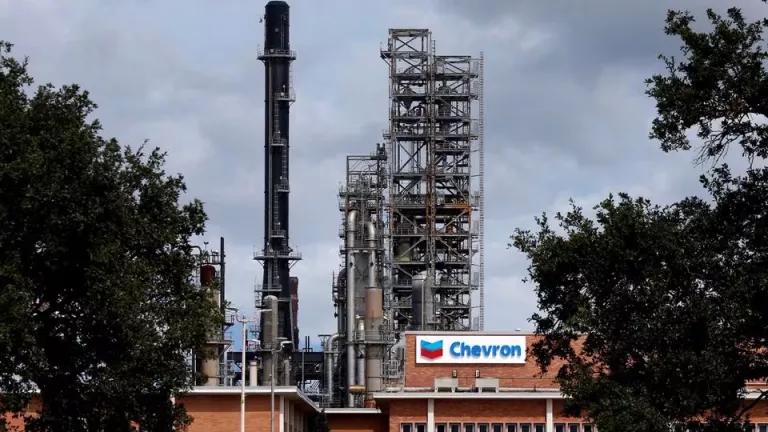Hidden Fossil Fuels: Plastic Production Drives Climate Change
Study shows that plastic production could be nearly one third of the global carbon budget and emits four times more greenhouse gases than the airline industry.
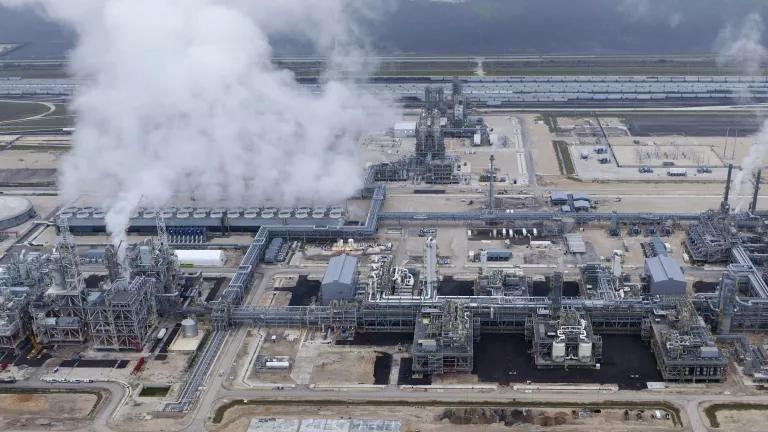
Emissions rising from a plastic producing ethane cracker plant at a petrochemical complex.
A new study by the U.S. federal government found that global plastic production is a major driver of climate change. The study, which was conducted by scientists at the Lawrence Berkeley National Lab, estimates that by 2050 plastic production could account for between 21% to 31% of the global carbon emission budget required to limit global temperature increase to just 1.5 degrees Celsius. Currently, the industry is responsible for four times more greenhouse gas emissions than the airline industry, or about 600 coal-fired power plants.
While this is not the first analysis to highlight the connection between plastics and the climate, the stark statistics should be a wake-up call. Reducing plastic production is critical to combatting climate change.
Many people don't realize that that 99% of all plastics are made from fossil fuels, and plastics contribute to climate change throughout their life cycle. Greenhouse gas emissions are associated with everything from fossil fuel extraction, to plastic manufacturing, to the disposal of plastic waste. A 2021 analysis by Beyond Plastics found that the U.S. plastics industry will be a bigger contributor to climate change than coal-fired power in the nation by 2030.
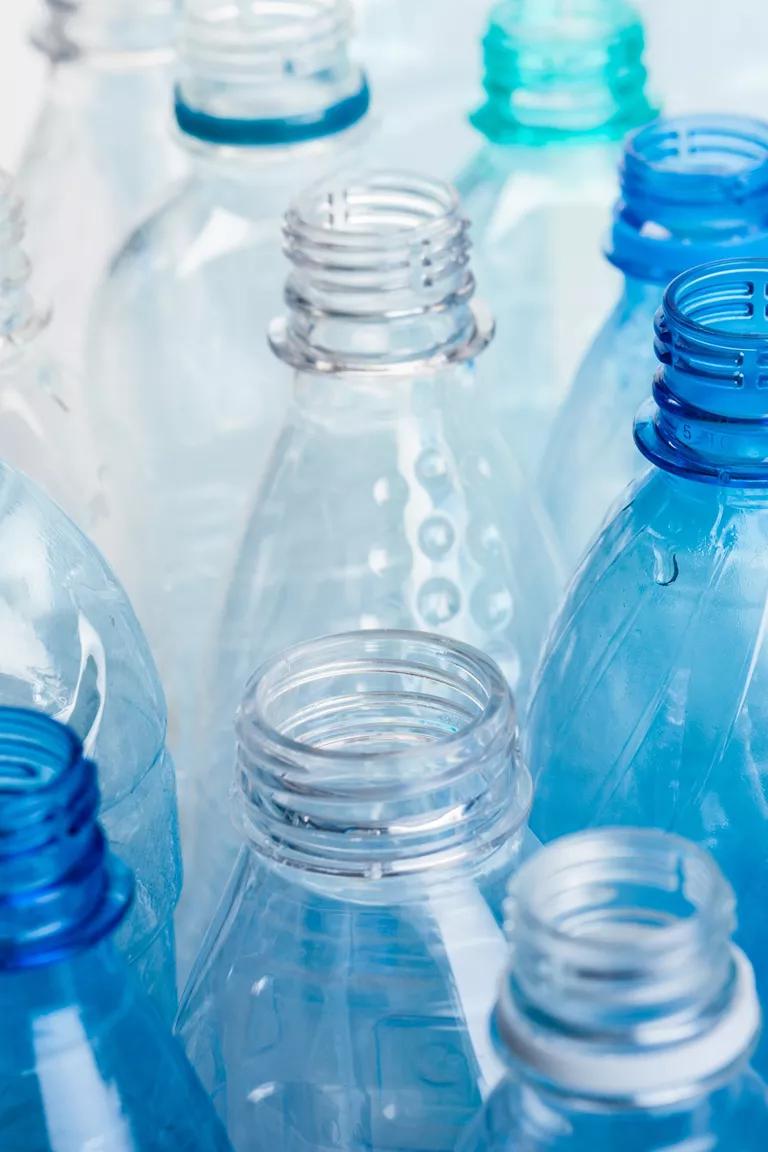
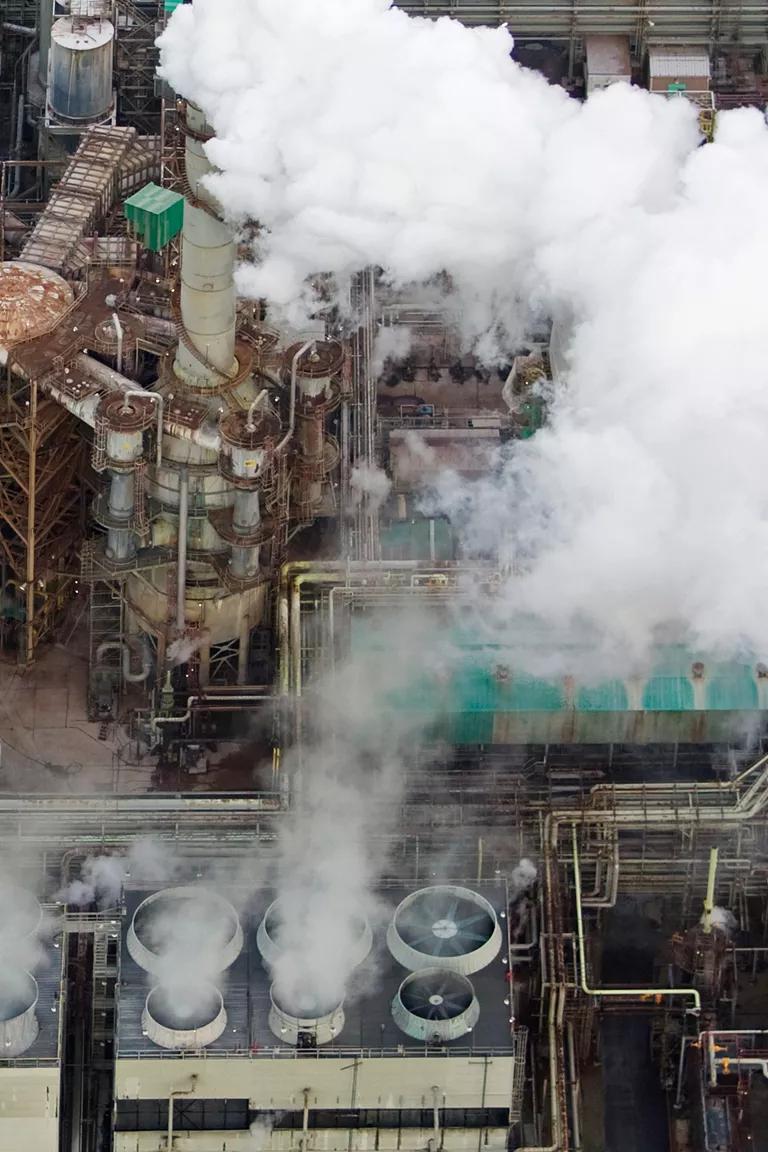
Shutterstock
; 2)Herb Lingl/aerialarchives.com
Global annual production of plastic has increased exponentially over the past 65 years, growing from 2 million metric tons in 1950 to 460 million metric tons in 2019. Current levels of production are already unsustainable and causing massive global impacts, yet the Organization for Economic Co-operation and Development (OECD) estimates global plastic use will triple by 2060.
The fossil fuel industry is counting on a dramatic increase in plastic use since they are facing a world that is moving towards renewable energy and away from oil and gas due to mounting climate change concerns. Plastic has been called the fossil fuel industry's "Plan B" as it looks for ways to maintain profit margins. What the DOE’s analysis underscores is that we won’t be able to succeed in our fight to prevent the worst impacts of climate change if we don’t address the enormous contribution of plastics.
It’s time for policymakers to recognize that plastics are just a different form of fossil fuels, and climate mitigation policies must include measures to reduce reliance on plastics, particularly single use plastics and unnecessary plastic packaging. As OECD has noted, while "public policies on climate change mitigation and curbing plastic pollution have mostly developed independently... the two issues are linked.”
Plastic is a triple threat. The head of the United Nations Environment Programme stated in 2023 that “the way we produce, use and dispose of plastics is polluting ecosystems, creating risks for human and animal health and destabilizing the climate.” This trend will only increase unless policymakers create mandates that stem the tide of plastic; guarding against false solutions like “chemical recycling,” which is mostly just plastic incineration and will only make the problem worse; and investing in real solutions that will protect both communities and the planet.
The plastics crisis has become so acute that nations around the world agreed in 2022 to begin negotiations on a global plastics treaty to address plastic pollution. The fourth negotiating session is scheduled to take place in Ottawa, Canada, in late April 2024. How such an agreement will ultimately reduce the threats posed by plastic remains to be seen, but the treaty negotiation process is an unprecedented opportunity for action toward this goal. The plastic and climate change connection is even more reason why the global plastic treaty must include mandatory measures to reduce plastic production; identify and then eliminate toxic chemicals in plastic production; prohibit the production and trade of problematic plastics; and require manufacturers to disclose the chemical content of plastics.

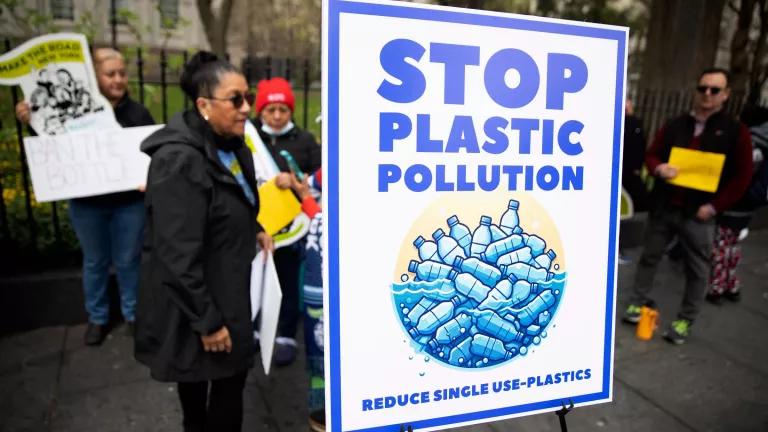
.jpg.jpg?h=44b879e5&itok=aiPGidQ7)
